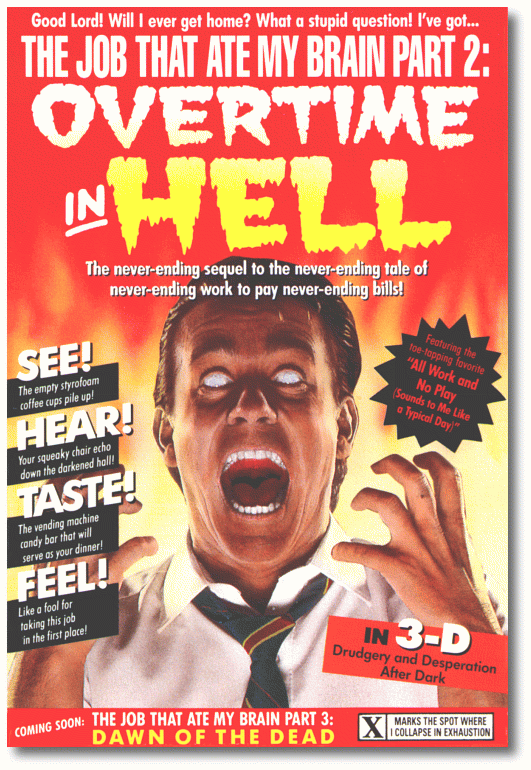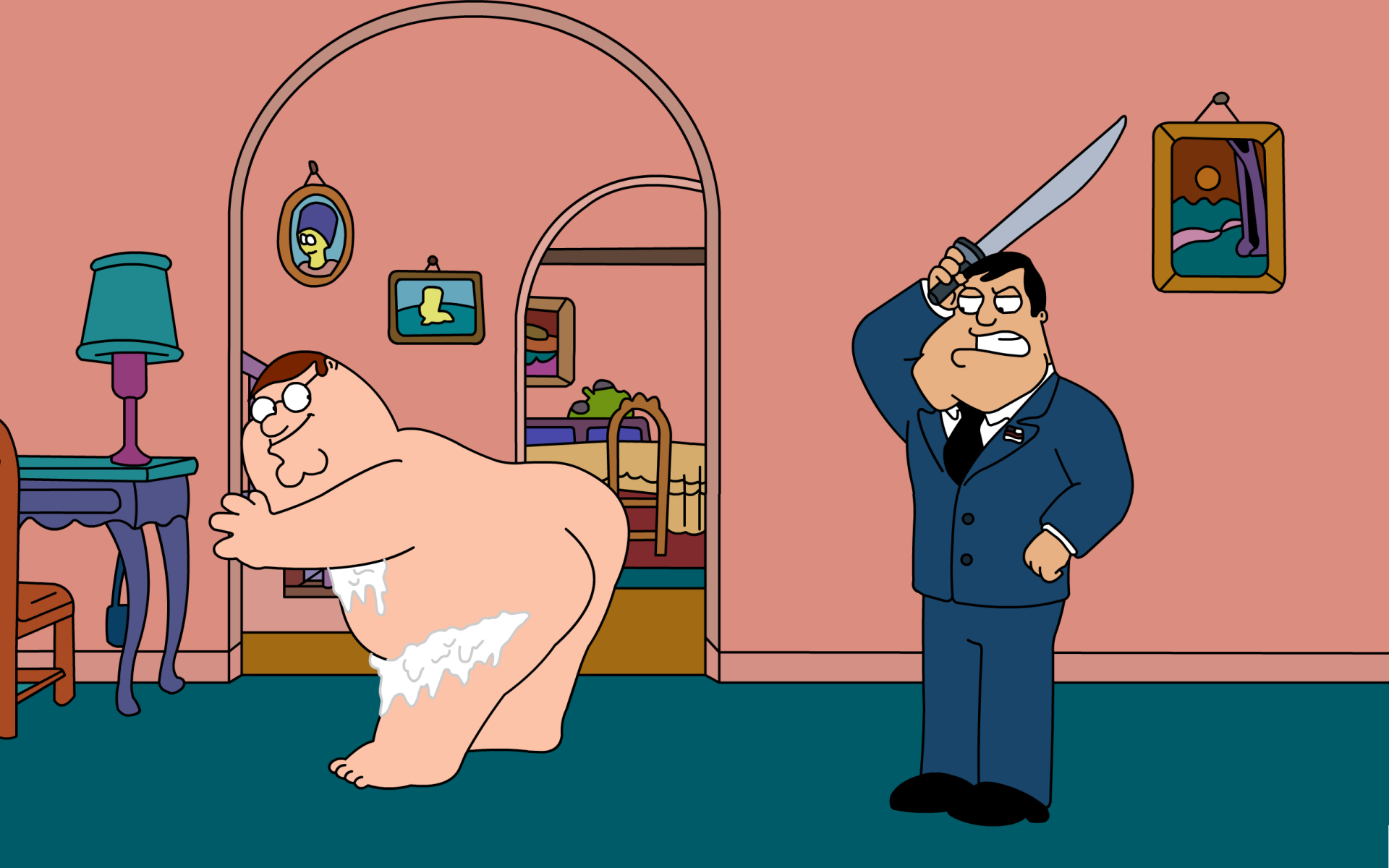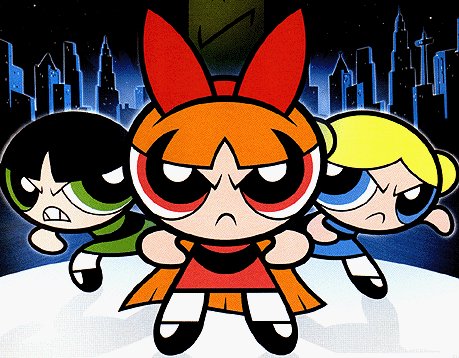Most of us (and I'm here excluding royal families and the inheritors of limitless wealth) have to break our own pathways through the forest.
We start out with a certain amount of intelligence and environmental advantage (like we were't born in a small mud shack in, say, Darfur.) And we take those things and use them to fuel our journey through life.
Some of us end up rich and famous. Or merely rich.
Some of us end up middle class with a comfortable pension, a circle of friends, a pleasant but unexceptionable family.
And some of us finish in a small room at a YMCA in an inner city ghetto, a bottle of Jack Daniels under one withered hand, and a small Social Security check.
But whatever our final destination, we get there via the things described above and the amount of talent, energy and luck that we possess. As I've said before, if you've got more of one of those things (t, e or l), you probably need less of the other two.
I bring this up here because of the observations that came up in comments on Career Arcs down below:
...if there hadn't been a non-artist advocating for Tim [Burton] to Wilhite, what was the likelihood that he would have been able to actually produce Vincent and Frankenweenie at Disney? Slim to none.
I understand what the commenter is saying, but tend to disagree.
If Tim hadn't broken through the way he did, he very well might have climbed the ladder via another route. He had, obviously, plenty of talent. (And just as obviously, we'll never know the answer for sure. There's only what happened, not what might have happened if...)
Everyone, to a greater or lesser degree, makes their opportunities. And sometimes getting a strategic boost helps, and sometimes it hurts or is irrelevant. Here's what I mean:
The first Katzenberg/Eisner group pitch meeting at Disney happened in 1985. Fifteen artists sat around a conference table in the Disney commissary and pitched animated feature ideas. I pitched "The Man Who Would be King," got to first base, then flamed out at the treatment stage a month later.
Here's what my "flaming out" was: I wrote a treatment, Jeffrey read it, didn't like it much, and said "no, I don't want to do this."
And I gave up.
There was another person at the table that day who Jeffrey and Michael said "no" to:
Ron Clements.
You might have heard of him. He's written and directed a mess of animated features with another guy named John Musker.
Ron pitched a Hans C. Anderson story titled "The Little Mermaid." Jeffrey and Michael thought a moment, then shook their heads.
"Unh unh. Too much like Splash. Next."
Think about that a minute. Right there on the spot, Ron Clements got N-O from the two new kingpins at Disney. No helping hand, no back rub, just a negative response.
So what did Ron do?
He went off and wrote a treatment of "The Little Mermaid" detailing what he wanted to make, and sent it off to Eisner and Katzenberg without anyone asking. They read it. And Jeffrey and Michael then said:
"Hmm. Well, maybe. Show us more."
And so on and so forth.
But note what happened to Mr. Clements. Rejection.
So let's speculate. What would have happened if the two new bosses had said, "Heeey now. You're onto something. Write us a treatment."
Maybe, filled with hope and confidence, Ron would have written the treatment, and because he thought he was halfway home, he would have rushed it a little, put a little less effort into it. And then Jeffrey and Michael Eisner might have read it, been less than enchanted, and said "Forget it."
The whole history of animation might have changed, yes?
Sorry. All we've got is what actually happened.
Tim Burton received a leg up from a Disney executive when he needed a leg up, and became a success. And Ron Clements got slapped down, wouldn't take no for an answer, and became a success. (And yeah, they've both had failures in their careers, as everyone does. Steven Spielberg will not be remembered for 1941, trust me.)
My point is, they both carved pathways through the forest using the elements Fate or God (or whatever you care to call Her) gave them. And it's impossible to know if X had happened at a strategic moment rather than Y, where their life-paths would have taken them. Just as it's impossible to know where you and I would be if we'd been born someplace else.
Because there's only, in the end, what is.









































